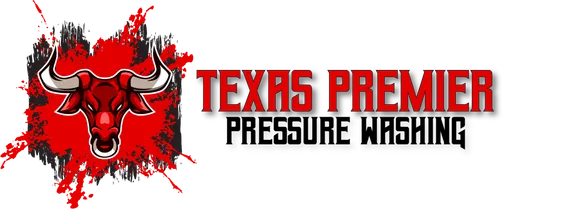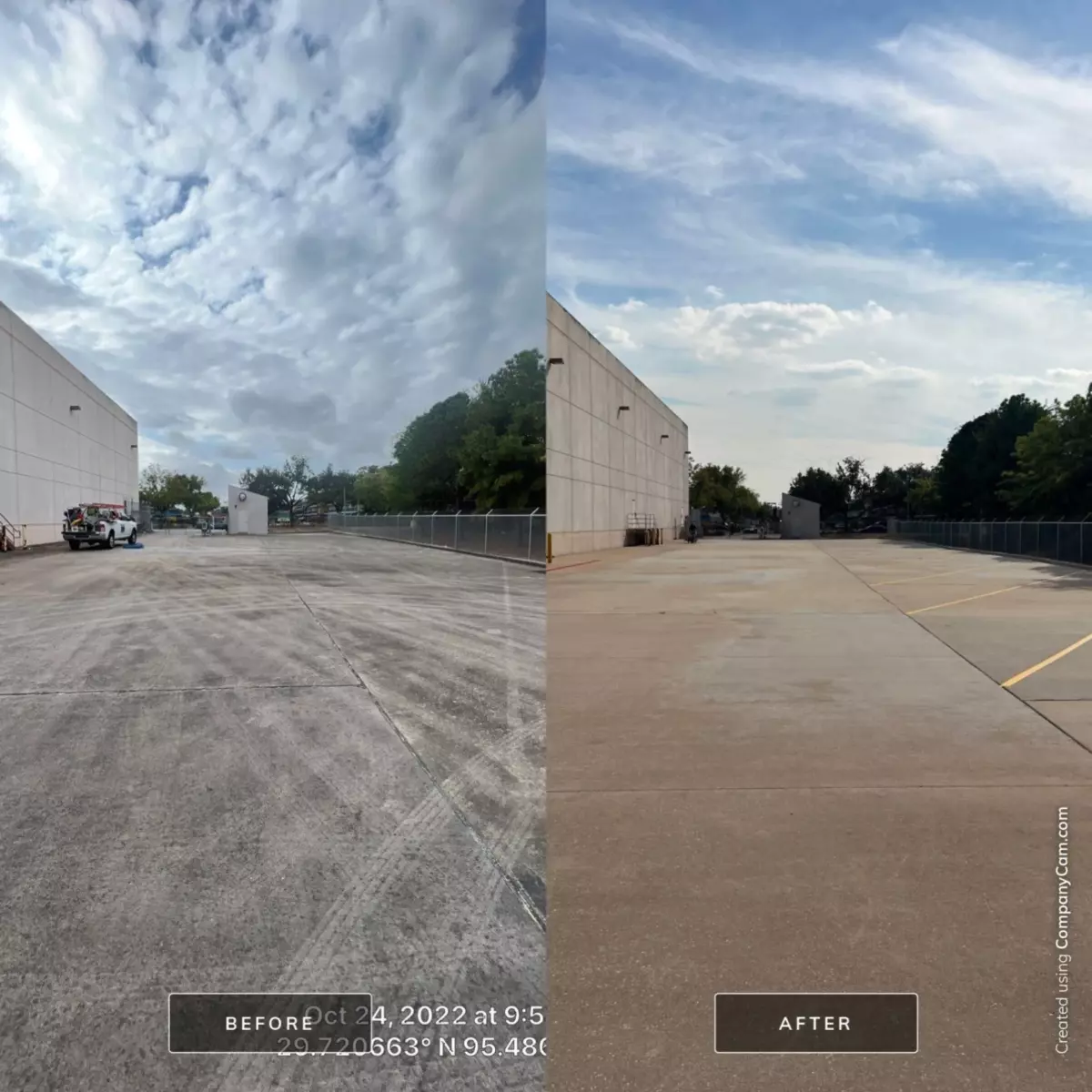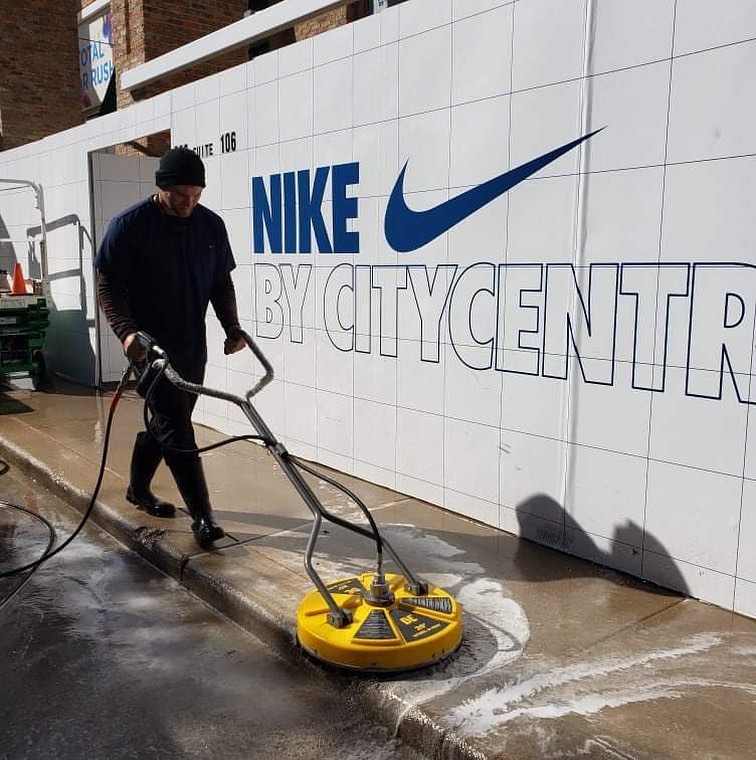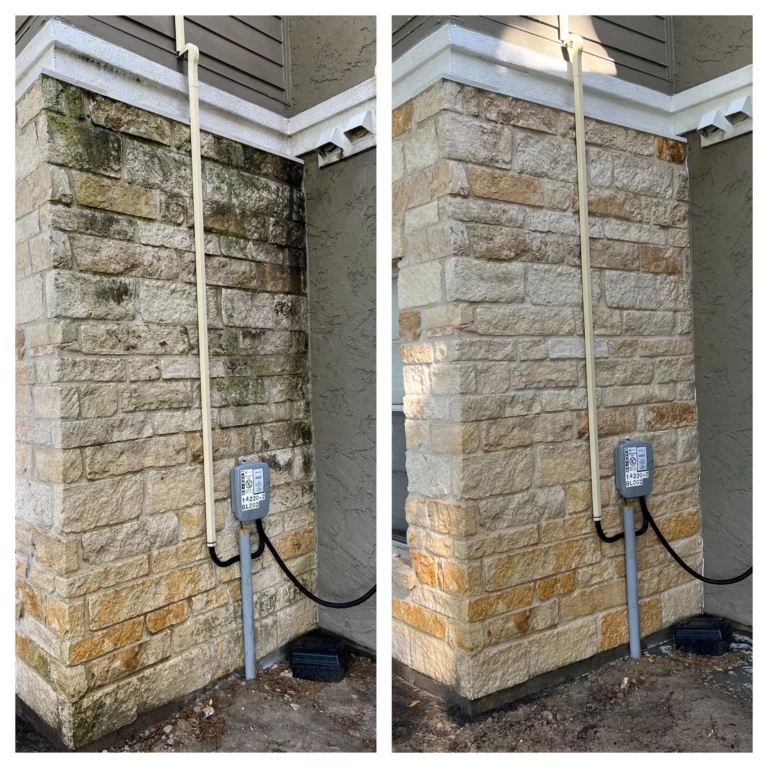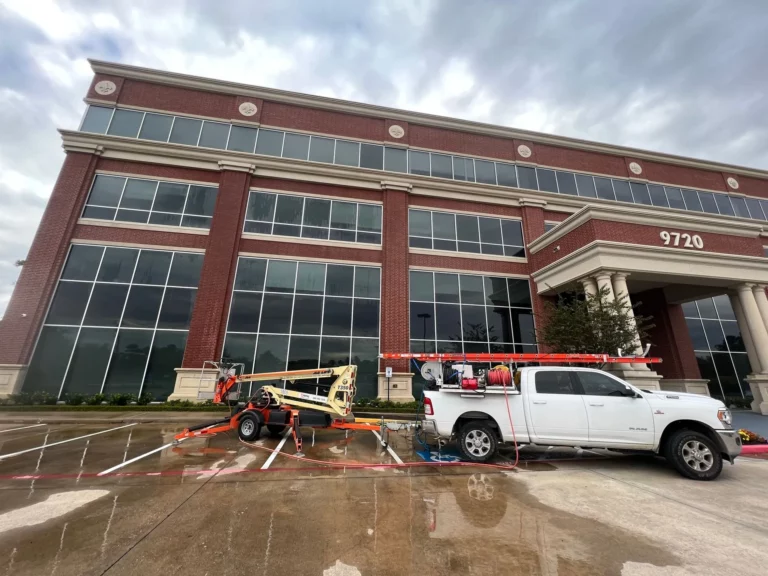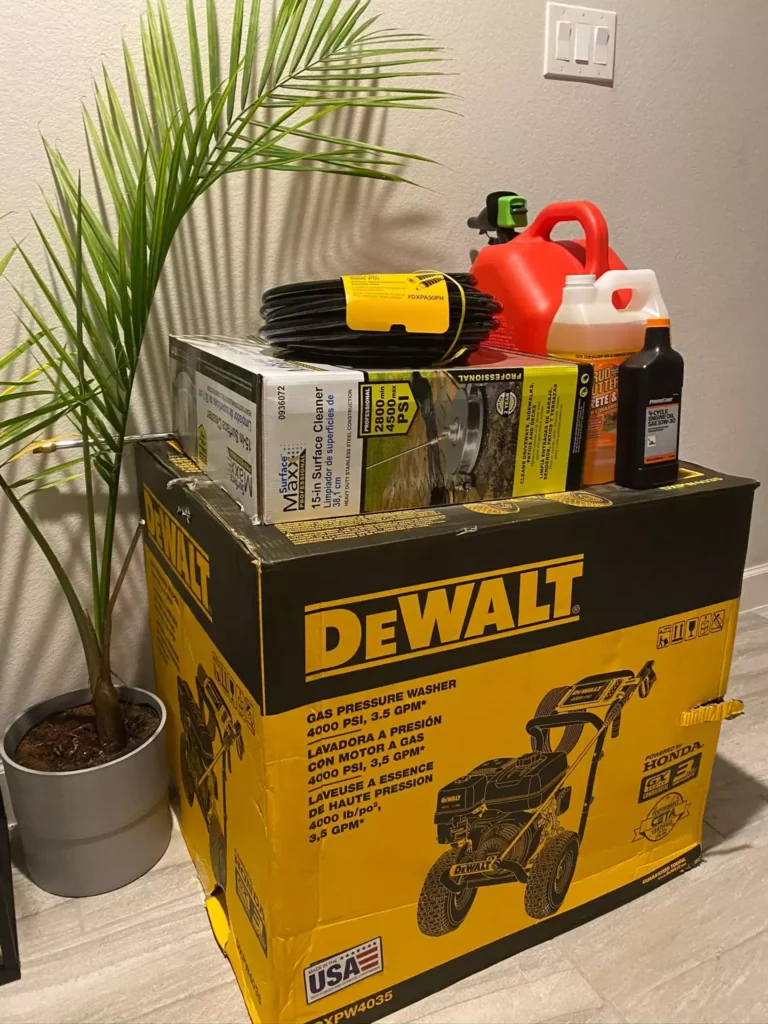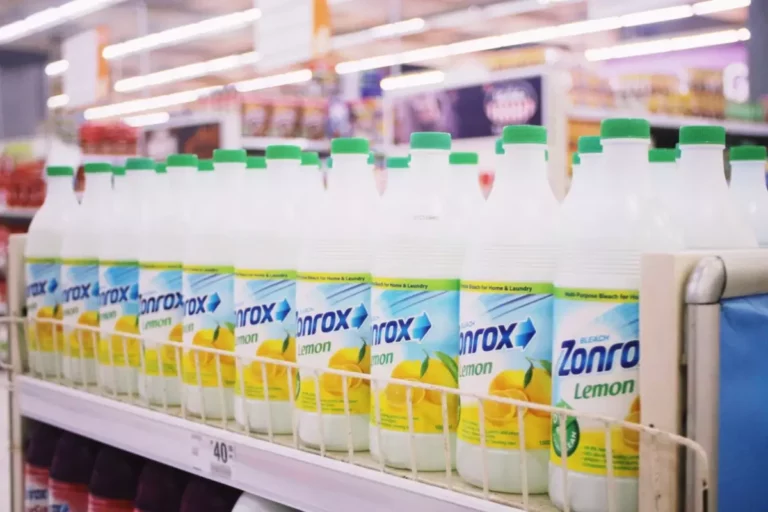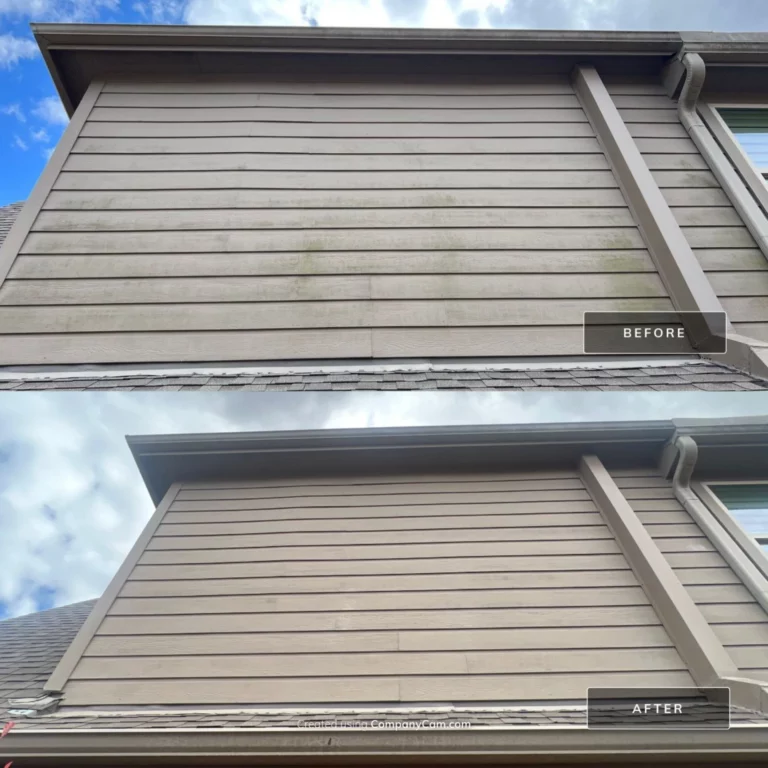Is Pressure Washing Safe For Your Driveway?
Pressure Washing Your Driveway – What You Need to Know
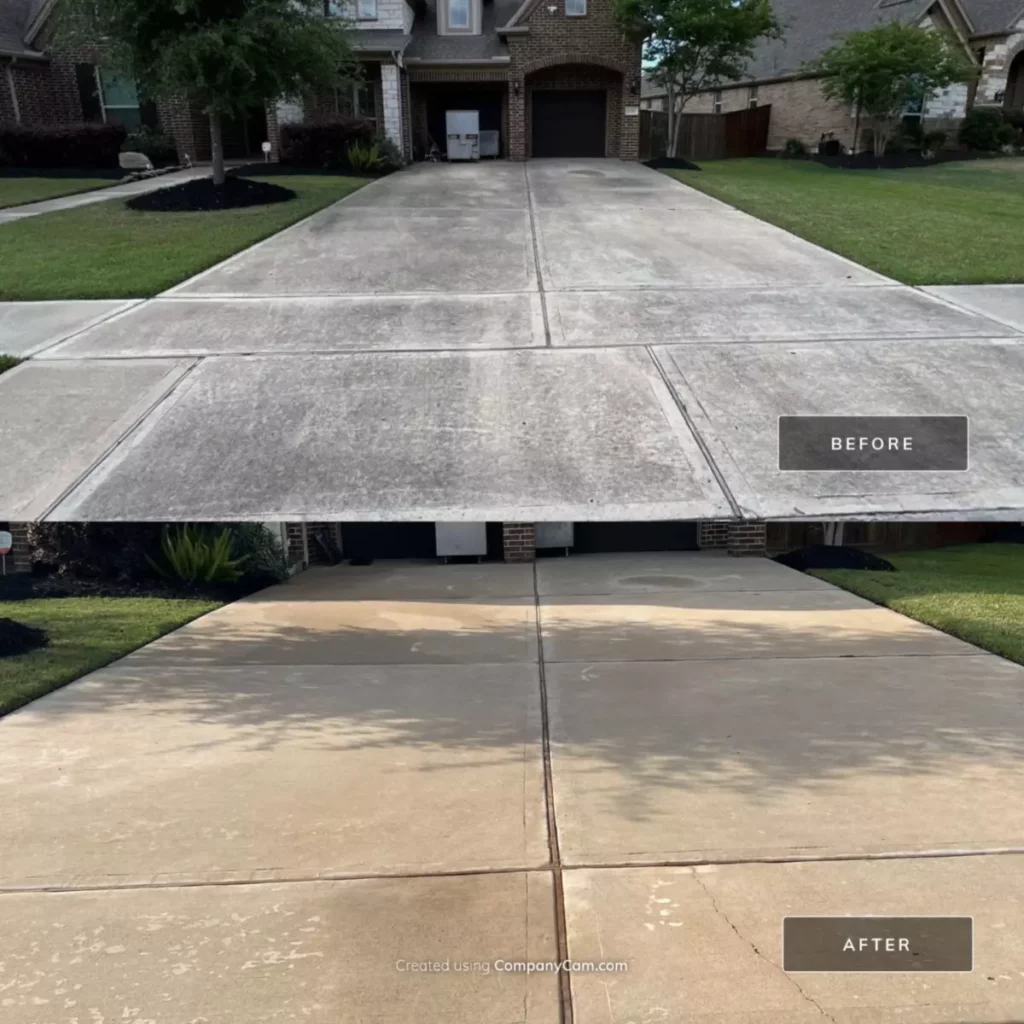
Pressure washing is a great way to keep your driveway looking its best. However, it’s important to know how to pressure wash your driveway safely. High pressure can be too powerful for some surfaces and can cause damage if not used properly. The good news is that even with high-pressure washing, there are ways you can minimize the risk of damage and still get your driveway sparkling clean. Let’s take a look at what you need to know before pressure washing your driveway.
Low-Pressure vs. High-Pressure Washing
When it comes to pressure washing driveways, low-pressure is always the better option. Low-pressure washers use less water pressure than their high-pressure counterparts but still provide enough power to do the job correctly and efficiently. Low-pressure washers also use less water, making them more eco-friendly than high-pressure washers.
There is a much lower risk of causing surface damage with low pressure.
Using Chemical Cleaners
In addition to using low-pressure washers, another way to safely clean your driveway is by using chemical cleaners instead of just water alone. Chemical cleaners help break down dirt and grime on contact and make it easier for the low-pressure washer to do its job without having to use too much water or too much force. It’s important to read labels carefully when selecting a cleaner as some contain chemicals that may be hazardous if used incorrectly or in large doses. Some chemical cleaners are also better for certain surfaces than others so make sure you buy one that is specifically made for driveways and walkways.
Pressure washing your driveway doesn’t have to be a risky endeavor as long as you take precautions beforehand. Always opt for low-pressure over high-pressure and invest in a chemical cleaner that is specifically designed for driveways and walkways if possible. By taking these steps, you can help ensure that your driveway remains safe while still getting it sparkling clean!
